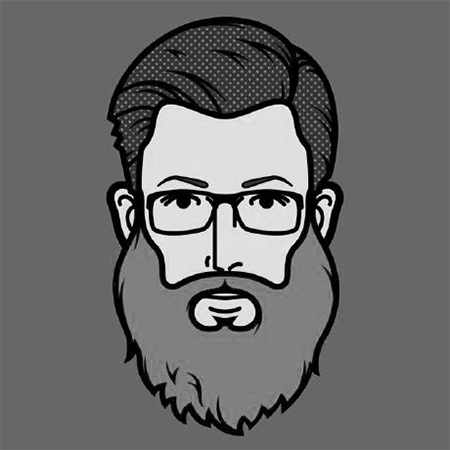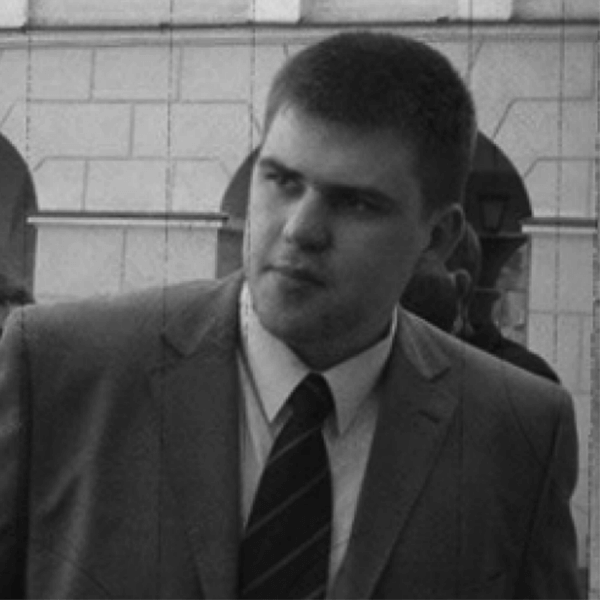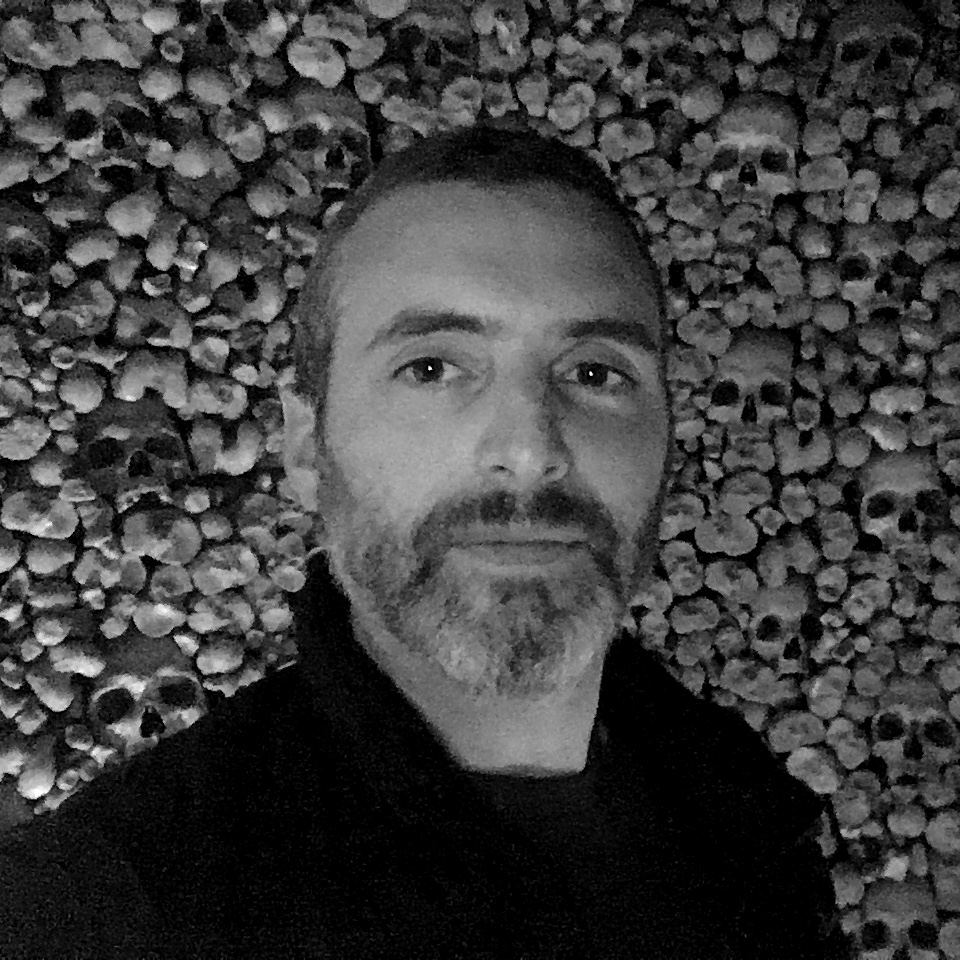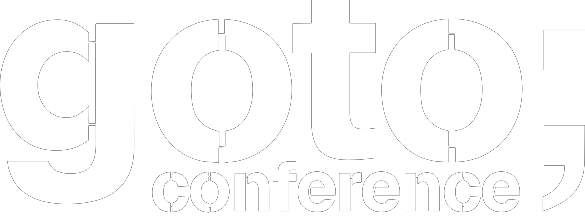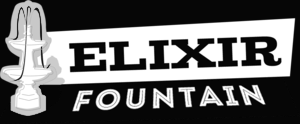
DISCOVER THE FUTURE OF THE ERLANG ECOSYSTEM, IN THE HOME OF ERLANG!
Code BEAM STO is the only conference in Europe to bring Erlang, Elixir, and all of the languages that run on the BEAM together.
Learn from 50+ cutting-edge talks and our in-depth training program, how BEAM languages are revolutionising areas like IoT, Blockchain, Fintech, Security, Machine Learning and more.
As of 2018, Code BEAM STO, formerly known as the Erlang User Conference, joined the Code Sync family of tech conferences.
DISCOVER THE FUTURE OF THE ERLANG ECOSYSTEM
- 2
DAYS
- 6
THEMES
- 4
TRAININGS
- 50+
SPEAKERS
Code BEAM STO conference is all about discovering the future of the Erlang Ecosystem and bringing together developers as a community to share knowledge & ideas, learn from each other and inspire to invent the future.
An action-packed two-day conference fused with a mix of talks on innovation and open-source applications based on Erlang, OTP, Elixir, LFE, BEAM and other emerging technologies!
We're working behind the scenes to build Code BEAM STO 2019!
Themes
Introduction to Erlang and Elixir
New to Erlang and/or Elixir? Interested, but don't know quite where to dig in? We've all been there! In this track, you will learn from other's experience, get a sense of the lay of the software ecosystem, get help from the community and contribute back for everyone's benefit.
Tools
Erlang and Elixir's popularity is growing but it's not always clear what off-the-shelf software is useful in production quality systems. In this track you will learn what existing production systems' maintainers are using to monitor and test their systems. This track will include the war stories and experience reports of novice and expert users alike.
Case
Studies
Every new domain that Erlang and Elixir push into brings a new class of problems and a new class of solutions. In this track, we'll learn from other's experience, where things have been peachy and where they haven't been so much. We'll all walk away with a more clear idea of how to build highly reliable software.
The
BEAM
Learn from the leading experts and Erlang committers about new language constructs, VM implementations, and powerful libraries which form the Erlang eco-system. You will learn how many of its features work and how to best use them to write fast and efficient code.
Frameworks
In this track, you will learn from the leading experts and committers about new and leading frameworks such as (but not limited to) Phoenix, MongooseIM, Nerves and RabbitMQ. You will find out how these frameworks work, how to best use them and where not to use them.
Distribution, concurrency, multicore, & functional
Scaling vertically by adding more powerful hardware is a thing of the past. We scaled horizontally, by adding more commodity hardware. With mega-core architectures, we have the choice of adding more hardware, more cores, or both. Erlang style concurrency puts us ahead of the game when it comes to scaling with both approaches.
Our speakers

Madeleine Malmsten
Squeeder and Prolog geek introducing girls to tech using IoT and horses
Keynote:
Can you teach a school class functional programming?
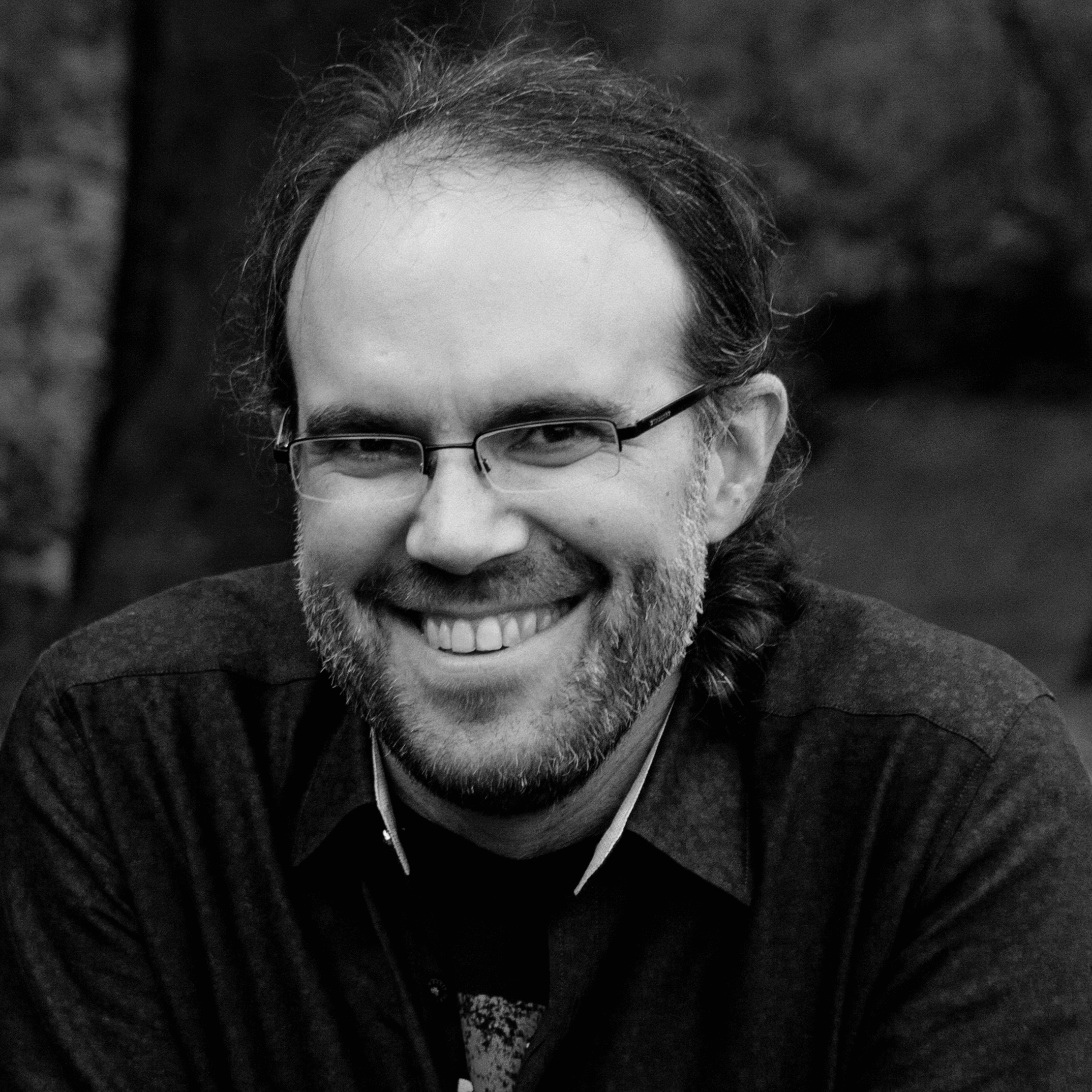
Boyd Multerer
Creator of Scenic and lead engineering for Xbox Live, XNA
Keynote:
Natively Functional UI with Scenic
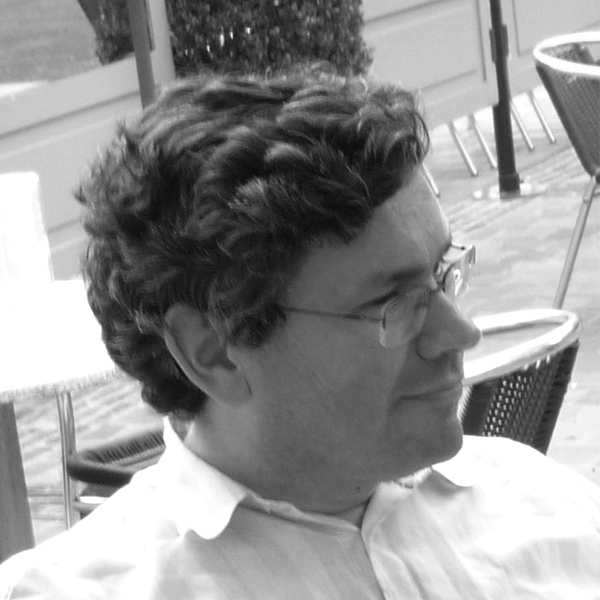
Peter Van Roy
Distributed systems guru
Keynote:
Why time is evil in distributed systems and what to do about it
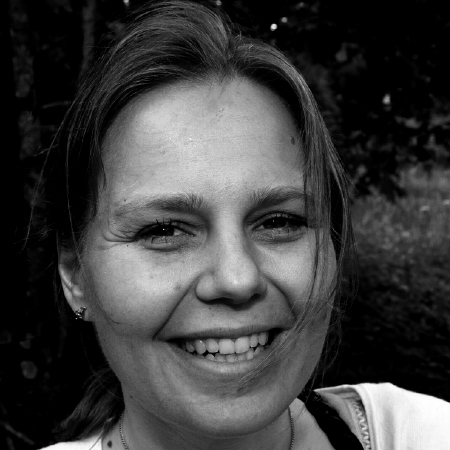
Ingela Anderton Andin
Top female contributor to Erlang/OTP; SW developer in the OTP team

José Valim
Creator of the Elixir programming language, Chief Adoption Officer at Dashbit
Introducing the Erlang Ecosystem Foundation
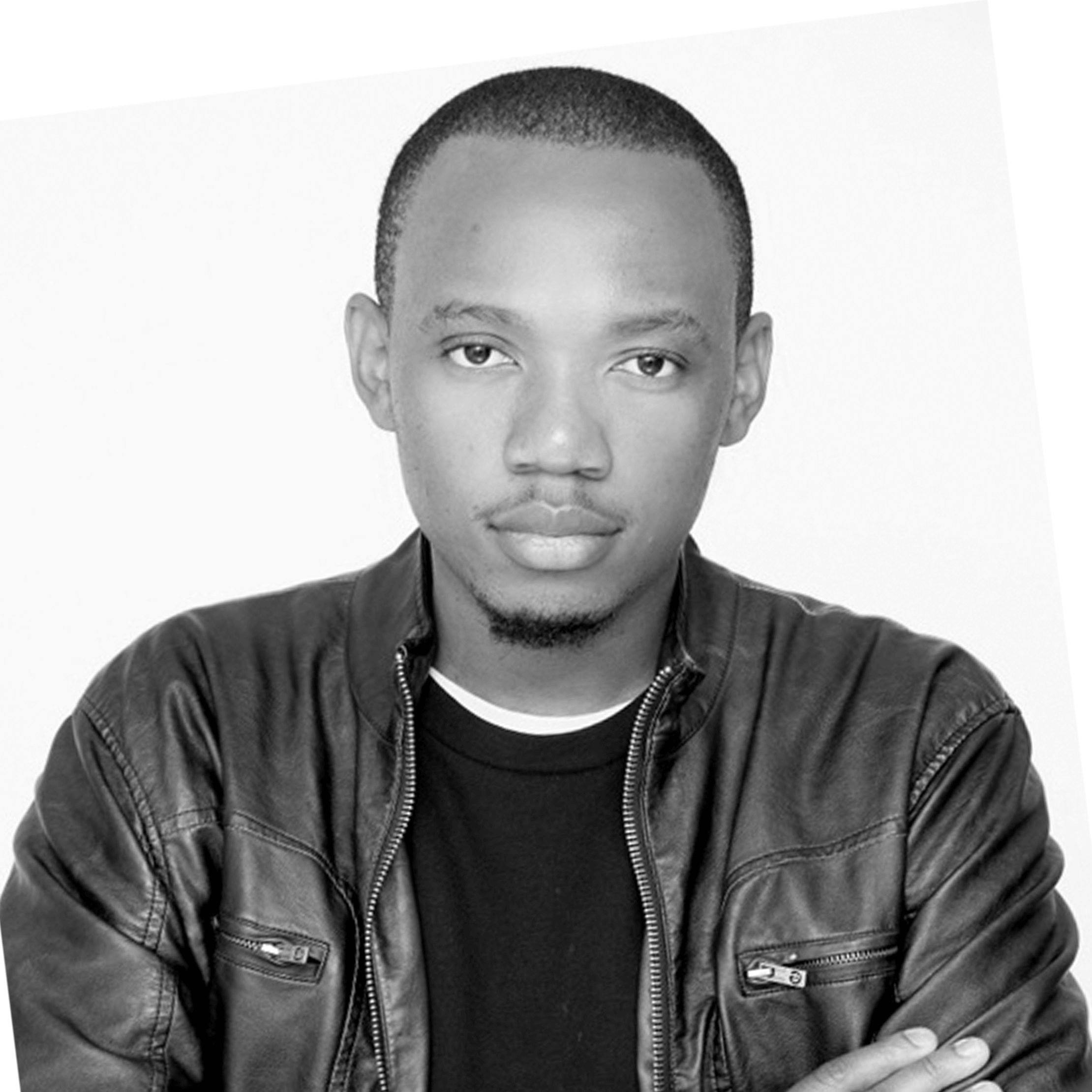
Ayanda Dube
Principal Engineer and RabbitMQ Contributor

Anayeli Malvaez
Backend Developer at SoundTrackYourBrand

Kenji Rikitake
Erlang/OTP rand module co-creator, amateur radio enthusiast

Charlotte Lorelei de Oliveira
✨ Net Idol ✨
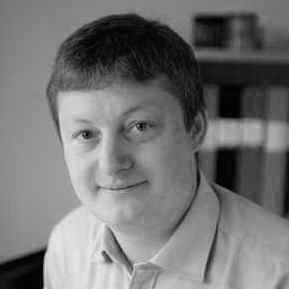
Thomas Arts
Erlang developer since 1997, co-founder and CTO of Quviq

Miriam Pena
Voted one of the women to watch in tech by Women 2.0
BEAM Extreme; Don't try this at home!
Introducing the Erlang Ecosystem Foundation
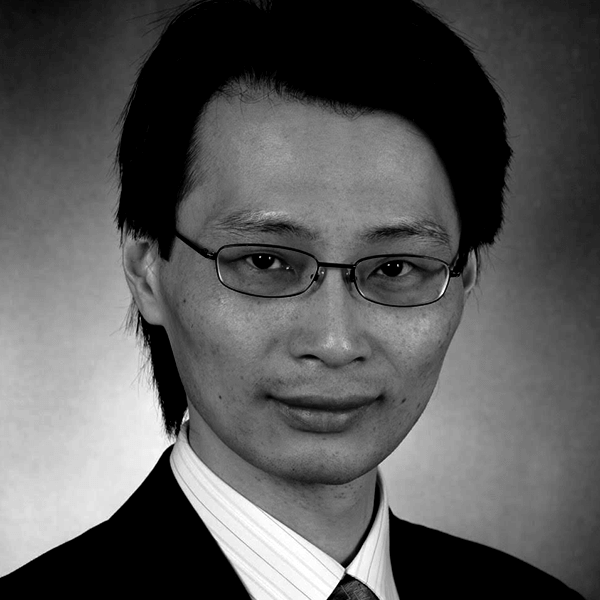
Zhengyu Pan
VP of open source product at EMQ

Tobias Lindahl
Erlang Beard, creator of Dialyzer

Bjarne Däcker
Former manager of the Computer Science Laboratory at Ericsson

Pedro Hernandez
Cyberpunk enthusiast, software engineer

Karl Nilsson
Karl wrestles distributed rabbits for a living
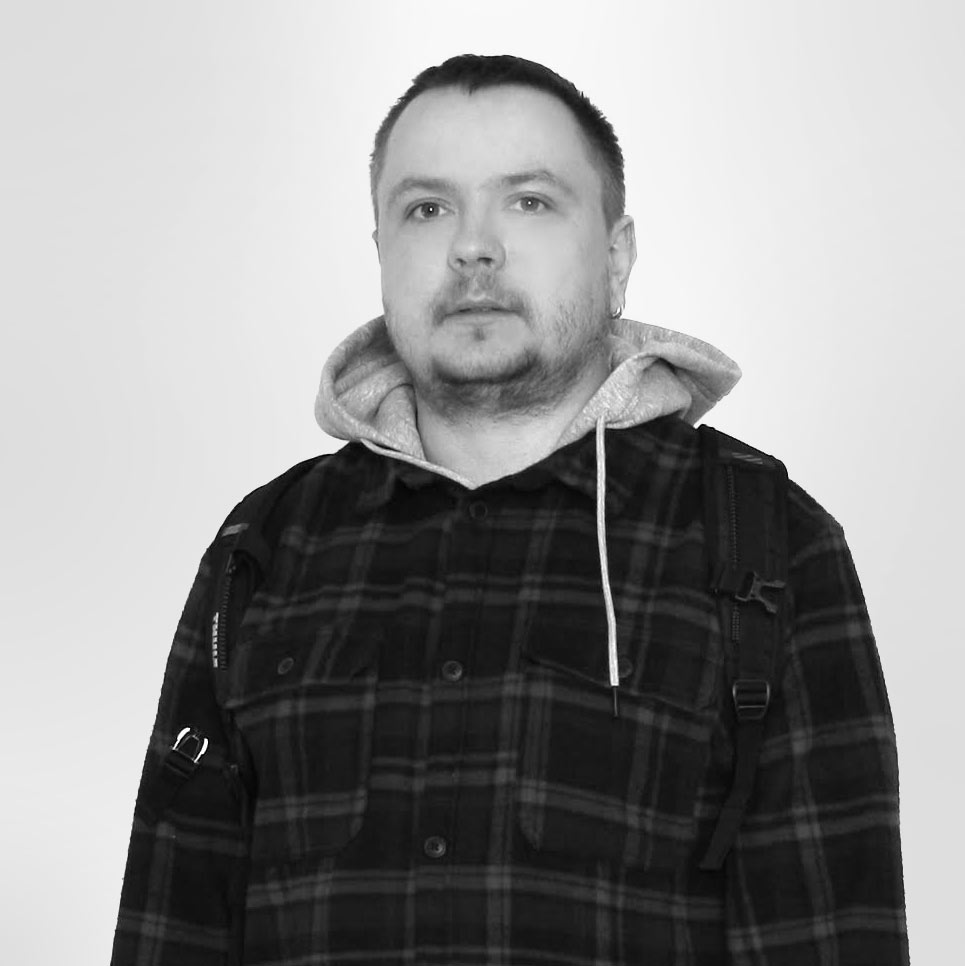
Iliia Khaprov
Open source software enthusiast
Opencensus: a stats collection and distributed tracing framework
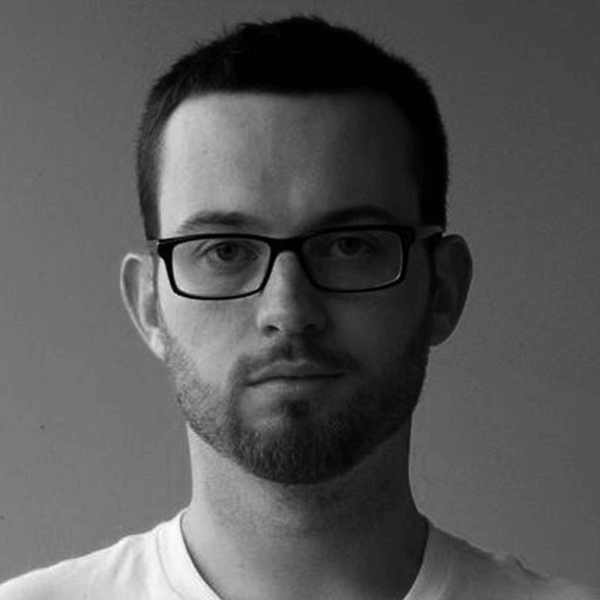
Jacek Królikowski
Creator of Rexbug and Hoplon, chronic optimiser
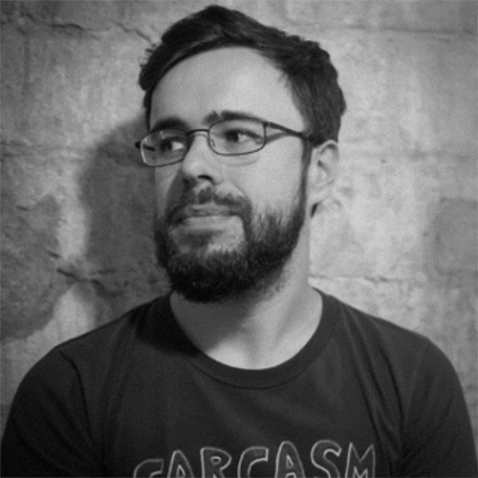
Adam Lindberg
Peer Stritzinger GmbH

Peer Stritzinger
GRiSP Inventor, Distributed Computing in IoT and everywhere
Introducing the Erlang Ecosystem Foundation

Scott Lystig Fritchie
Stuck in distributed systems tarpits for 30 years
The wide World of almost-Actors: comparing the Pony language to BEAM languages
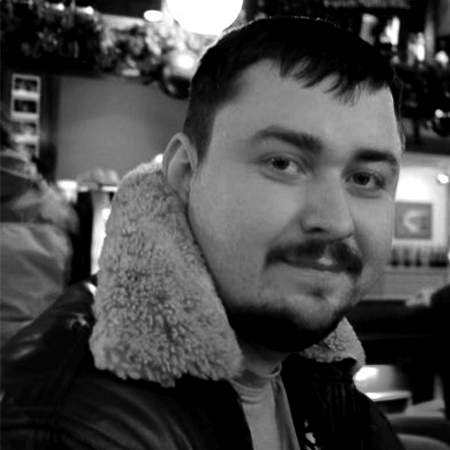
Dmytro Lytovchenko
Senior developer at Erlang Solutions, refactoring terrible software to be pretty and readable

Hakan Mattsson
Wrote escript, reltool, megaco - attended all EUC's since 1997
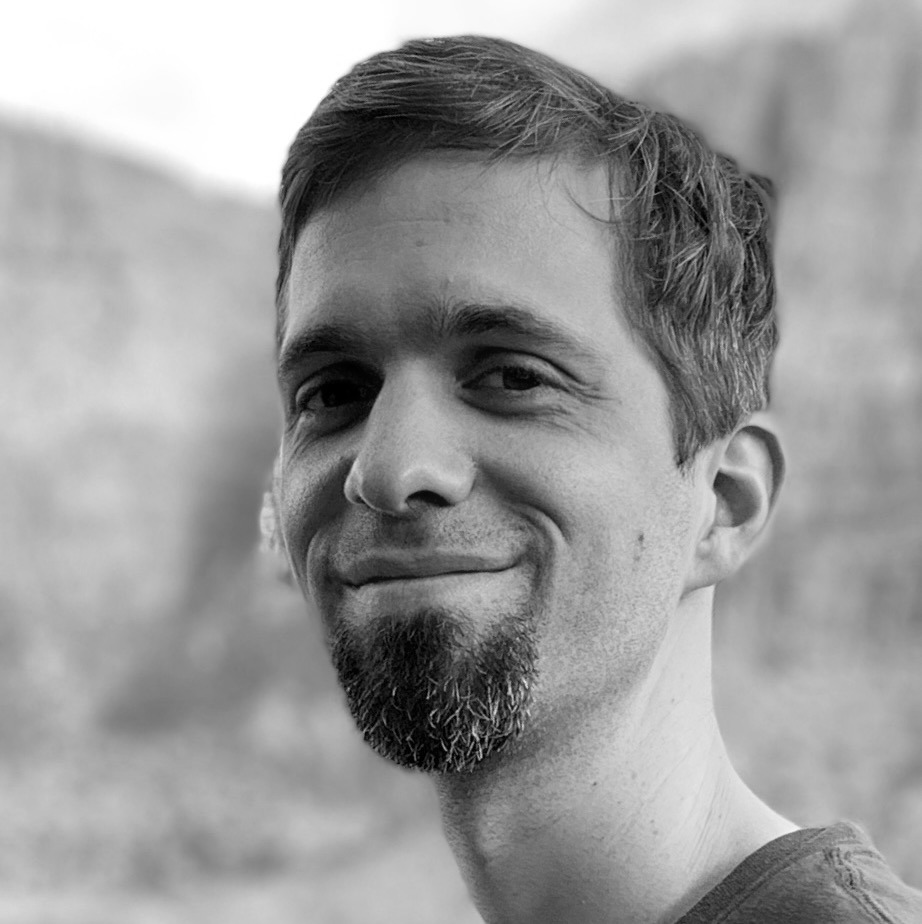
Greg Mefford
Maintainer of Spandex, Former Nerves Core Team Member
Continuous tracing in production (without Erlang's trace module)

Guy A. Narboni
Expert systems designer and IoT apprentice maker
From FP to FBP: Synthesizing processing elements for stream computing
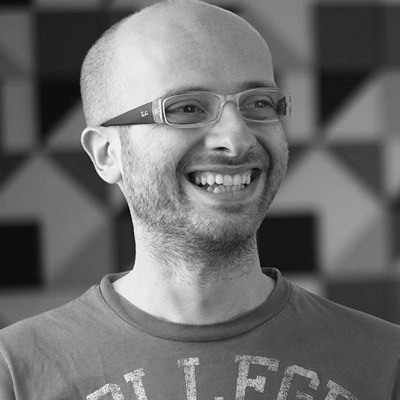
Claudio Ortolina
Working professionally with Elixir since 2014
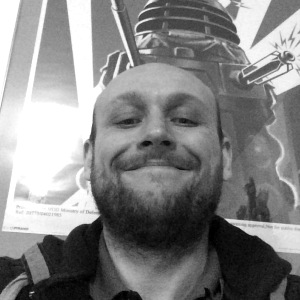
Gianluca Padovani
Elixir Developer, CTO (Coders51)
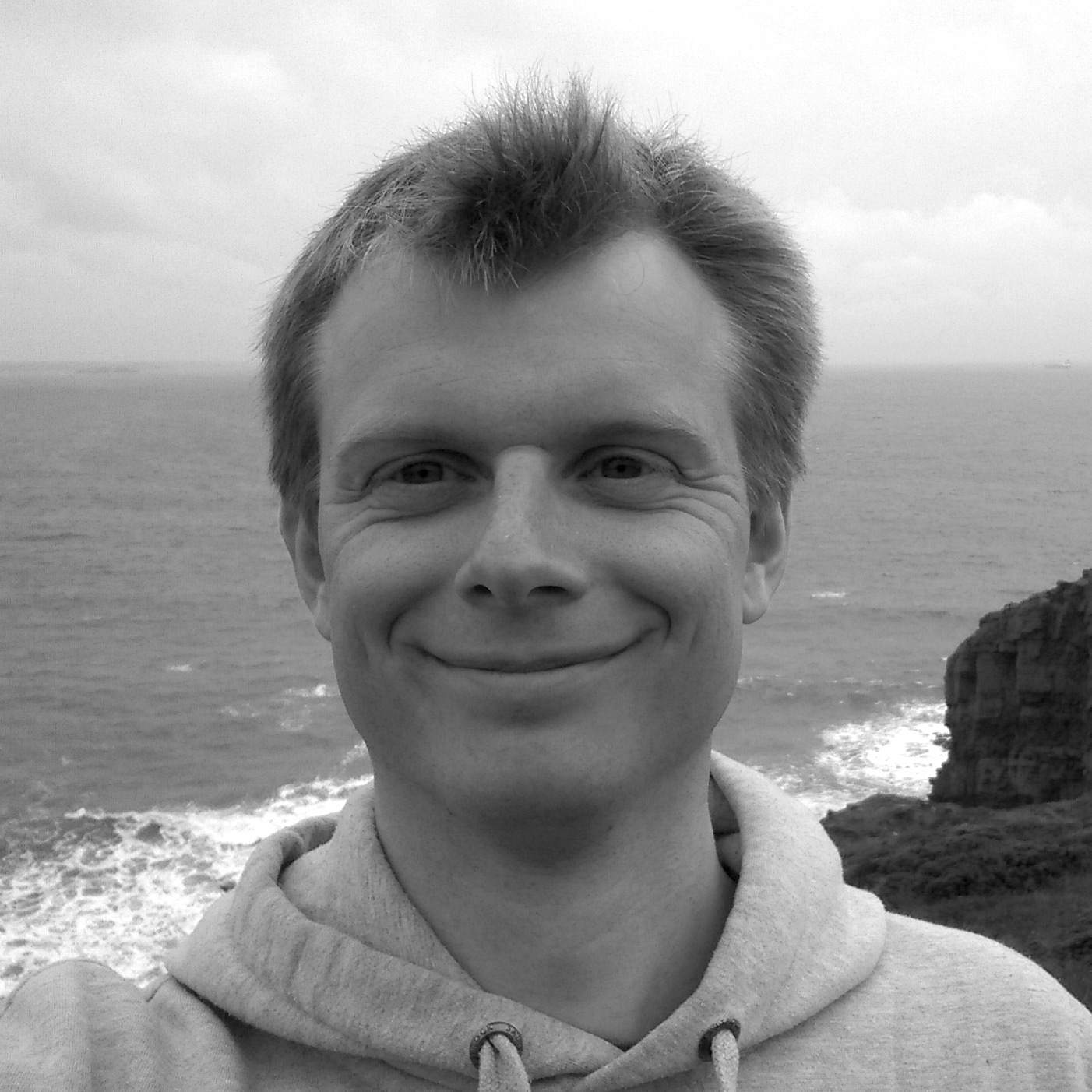
Peter Saxton
Elixir developer (Pay with Curl)

Hans Elias B. Josephsen
Original creator of Rustler
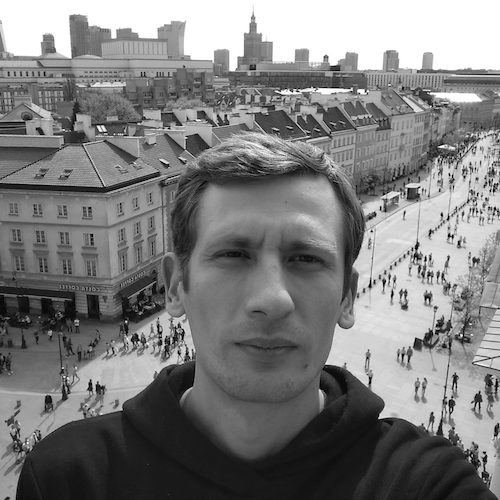
Andrey Chernykh
Full-time Elixir developer, OSS enthusiast, medium.com-writer
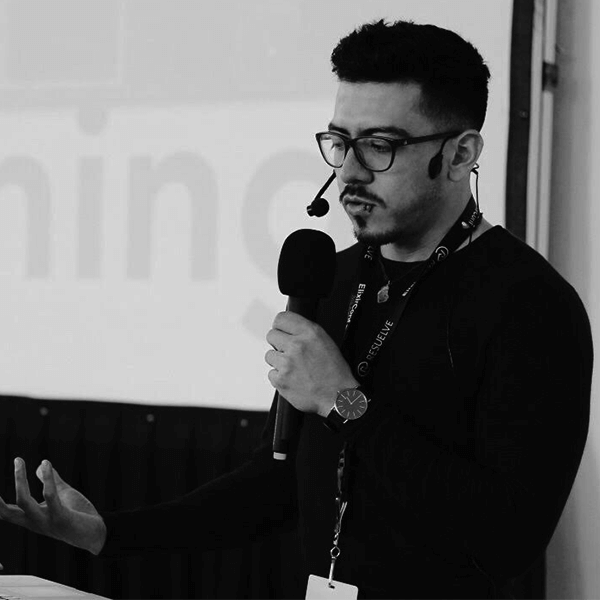
Ricardo Corral-Corral
VP of Engineering at Suggestic Inc.

Valentin Micic
Making decent living using Erlang since 2001
Building of distributed time series database - techniques and lessons learned
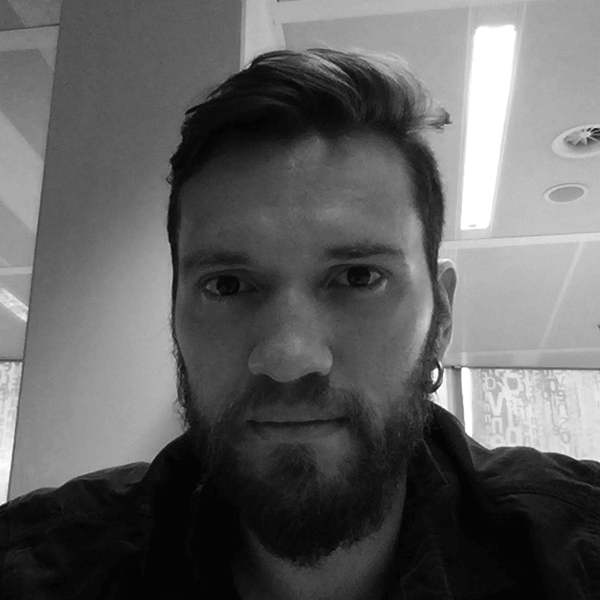
Thiago Rocha Camargo
XMPP and voice/video specialist, creator of Jingle Nodes and Mobile Platforms

Ibrahim Abdelkareem
Software developer at Asolvi
Building, testing and deploying applications with Docker in Azure
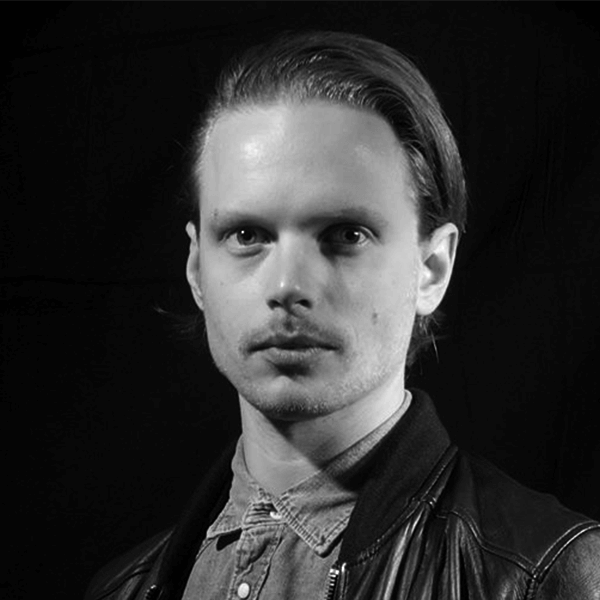
Erik Svensson
Software developer at Asolvi, gets to work with Elixir every day
Building, testing and deploying applications with Docker in Azure

Dániel Szoboszlay
Juggling the data of Europe's biggest fintech unicorn
Useless performance optimisations on the BEAM for fun and... fun?
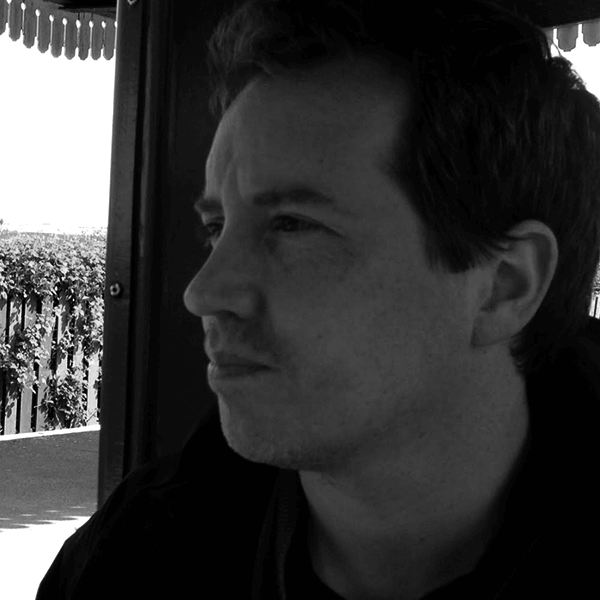
Martin Sumner
Worked long enough in networks, to always blame the application
Evolution of Riak - discovering and resolving problems in distributed systems
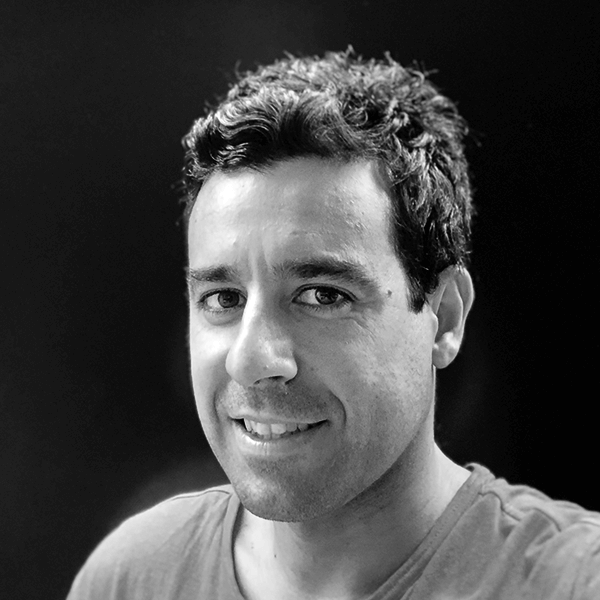
Ricardo Oliveira
Technical lead and senior software engineer @ Talkdesk
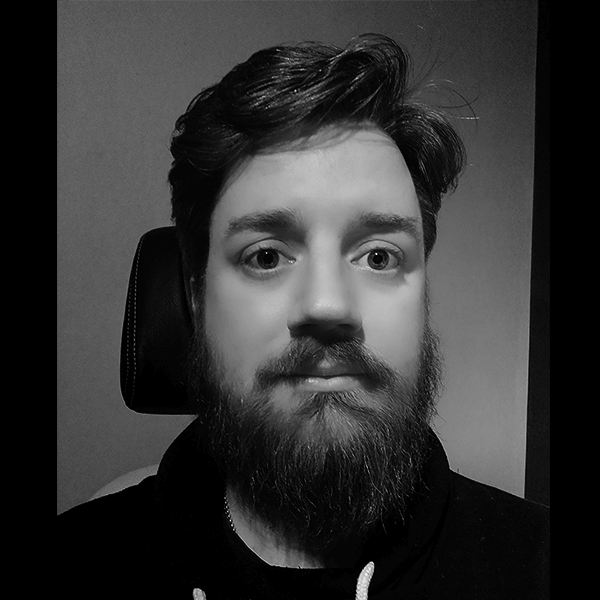
Fredrik Park
Professional consultant, father of (soon) two
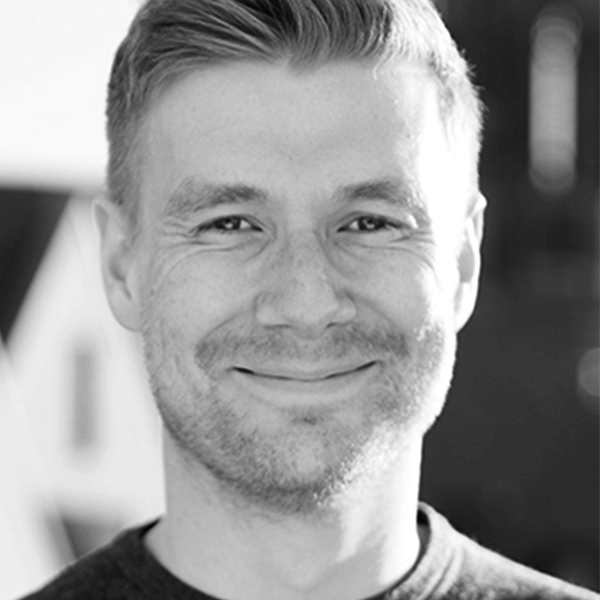
Michael Schaefermeyer
Successfully taught Elixir to juniors and built start-ups in it

Nicholas Adams
Director of global support operations at T.I Tokyo
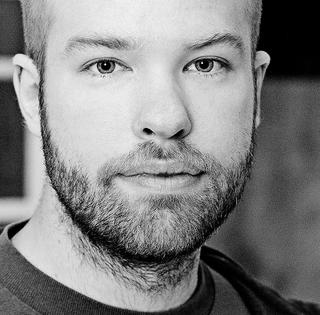
Martin Gausby
Creator of Tortoise, Elixir lead at Erlang Solutions
Tortoise evolved: the road to MQTT 5 support in the Tortoise MQTT client
Schedule
Day 1 - 16 May 2019
Time |
Life |
Universe |
Everything |
|---|---|---|---|
|
08.00 - 09.00 |
REGISTRATION |
||
|
09.00 - 09.15 |
WELCOME |
||
|
09.15 - 10.00 |
Keynote: Life Why time is evil in distributed systems and what to do about it
|
||
|
10.00 - 10.15 |
Life OTP Team update
|
||
|
10.15 - 10.45 |
BREAK |
||
|
10.45 - 11.30 |
Life Taming side effects Intermediate |
Hakan Mattsson and Cons T. Åhs Universe LUX - an expect like test tool Intermediate |
Everything Boosting reinforcement learning with Elixir Intermediate |
|
11.35 - 12.20 |
Life TDD is not about testing Intermediate |
Universe Exop on StreamData Intermediate |
Everything Building of distributed time series database - techniques and lessons learned Intermediate |
|
12.25 - 12.50 |
Life Think in Erlang! Beginner |
Universe gen_persistence: persist the state of your processes Intermediate |
Everything Implementing long running business processes Intermediate |
|
12.50 - 13.50 |
LUNCH |
||
|
13.50 - 14.35 |
Life PHP over Erlang: how and why? Beginner |
Universe Innovative unorthodox design patterns used in RabbitMQ Intermediate |
Everything Buildings startups with Elixir Beginner |
|
14.40 - 15.25 |
Life Just Delete It Intermediate |
Universe Tortoise evolved: the road to MQTT 5 support in the Tortoise MQTT client Intermediate |
Everything Opencensus: a stats collection and distributed tracing framework Intermediate |
|
15.30 - 15.55 |
Life What does Dialyzer think about me? Beginner |
Universe PowerUp the BEAM with Kubernetes and Riak Core Intermediate |
Everything How Erlang got its name Beginner |
|
15.55 - 16.25 |
BREAK |
||
|
16.25 - 17.10 |
Life BEAM Extreme; Don't try this at home! Intermediate |
Universe Trust issues: trouble in package paradise Intermediate |
Everything Raxx.Kit - lean mean web development for Elixir Intermediate |
|
17.15 - 17.40 |
Life Continuous tracing in production (without Erlang's trace module) Intermediate |
Erik Svensson and Ibrahim Abdelkareem Universe Building, testing and deploying applications with Docker in Azure Intermediate |
Everything Testing in an Elixir world Beginner |
|
17.45 - 18.30 |
José Valim , Miriam Pena , Peer Stritzinger and Francesco Cesarini Life Introducing the Erlang Ecosystem Foundation
|
||
|
18.30 - 20.30 |
CONFERENCE PARTY |
Day 2 - 17 May 2019
Time |
Life |
Universe |
Everything |
|---|---|---|---|
|
09.00 - 09.05 |
WELCOME |
||
|
09.05 - 09.50 |
Keynote: Life Natively Functional UI with Scenic
|
||
|
09.50 - 10.05 |
Life Update: Elixir core dev team
|
||
|
10.05 - 10.35 |
BREAK |
||
|
10.35 - 11.20 |
Peer Stritzinger and Adam Lindberg Life Erlang distribution: going beyond the fully connected mesh Intermediate |
Pedro Hernandez and Anayeli Malvaez Universe Building the tomorrow classroom with Elixir Beginner |
Everything Eir: Infrastructure for working with BEAM code Intermediate |
|
11.25 - 12.10 |
Life Security versus interoperability Beginner |
Universe The wide World of almost-Actors: comparing the Pony language to BEAM languages Advanced |
Everything From FP to FBP: Synthesizing processing elements for stream computing Beginner |
|
12.15 - 12.40 |
Life BEAM for smart energy Intermediate |
Universe XMPP/UDP realtime service bus Intermediate |
Everything Pyrlang: Python meets Erlang Intermediate |
|
12.40 - 13.40 |
LUNCH |
||
|
13.40 - 14.25 |
Life BEAM + Rust: A match made in heaven Advanced |
Universe Make a distributed toolbox with Ra Ra is an implementation of the Raft consensus protocol by Team RabbitMQ. In RabbitMQ, Ra is used to implement a consistent replicated queue but that isn't all that Ra can be used for. This talks will be a practical session on how to implement consistent distributed system essentials, such as replicating a key-value stores, leader election processes, lock servers and other coordination services on top of the Ra library. Intermediate |
Everything The BEAM Programming Paradigm Beginner |
|
14.30 - 15.15 |
Thomas Arts and Tobias Lindahl Life How to sleep well after a major code refactoring Intermediate |
Universe Introduction to a type system: session types Beginner |
Everything ErlangRT, a BEAM VM reimplementation in Rust Intermediate |
|
15.20 - 15.45 |
Life Returning to Erlang, the tooling I miss Intermediate |
Universe Riak's rebound Beginner |
Everything Scalable MQTT messaging platform for IoT in 5G era Beginner |
|
15.45 - 16.15 |
BREAK |
||
|
16.15 - 17.00 |
Life Evolution of Riak - discovering and resolving problems in distributed systems Intermediate |
Universe Useless performance optimisations on the BEAM for fun and... fun? Intermediate |
Everything Working with legacy code Beginner |
|
17.05 - 17.50 |
Keynote: Life Can you teach a school class functional programming?
|
||
|
17.50 - 18.00 |
Life CLOSING NOTES
|
||
|
18.00 - 19.00 |
LEAVING DRINKS |
Programme Committee

LET’S STAY IN TOUCH
Code Sync and Erlang Solutions care about your data and privacy. By submitting this form you agree that your data will be processed according to our Privacy Policy. Update your email preferences Update your email preferences
VENUE
Münchenbryggeriet Events & Conferences
TORKEL KNUTSSONSGATAN 2
118 25 STOCKHOLM,
SWEDEN
PUBLIC TRANSPORT
The nearest metro is Mariatorget T-bana, exit Torkel Knutssonsgatan. The Google Maps can be a bit misleading when you type in "Mariatorget T-bana", so to save yourself some walking, we recommend taking this exit (close to Krukmakargatan).
TAXI
The address for arriving by taxi is Torkel Knutssonsgatan 2, 118 25 Stockholm.
OUR SPONSORS
Code Sync and Erlang Solutions uses cookies to personalise your experience. By using this site you consent to the use of cookies Cookie Policy











